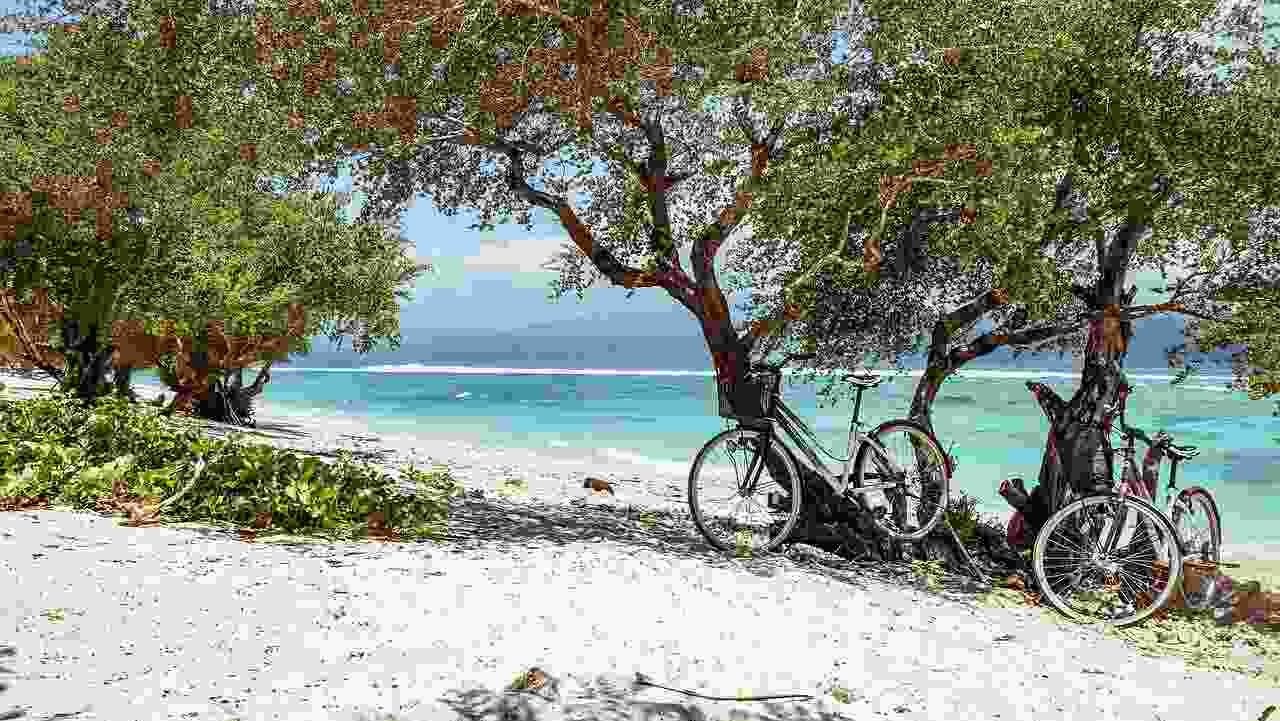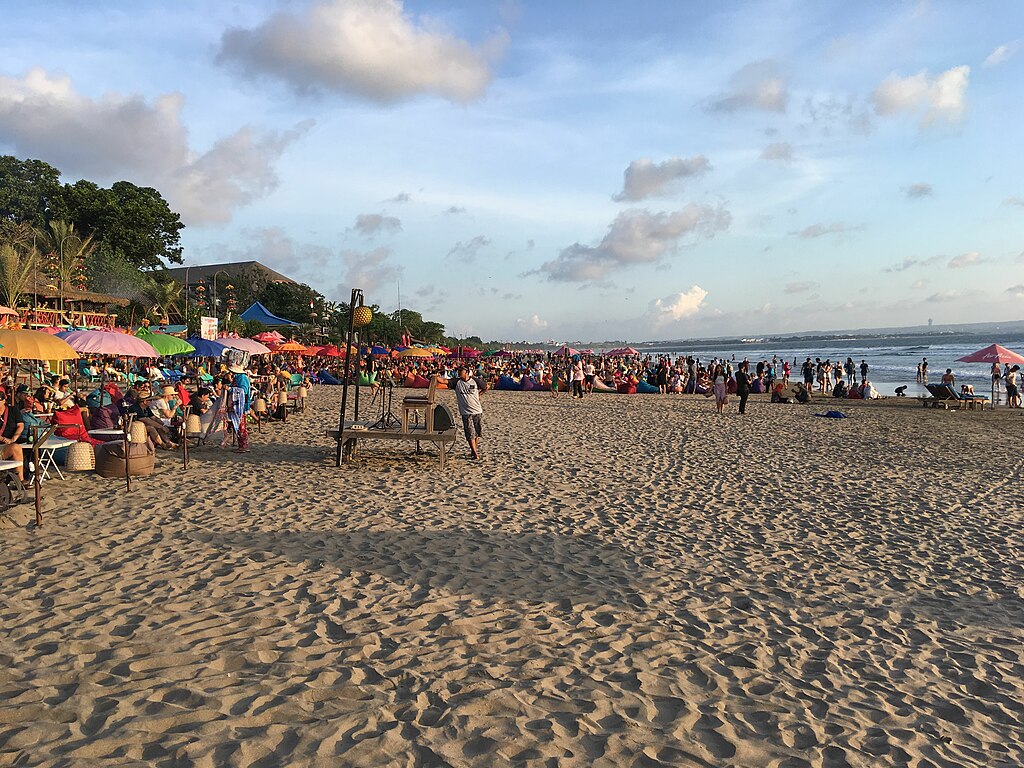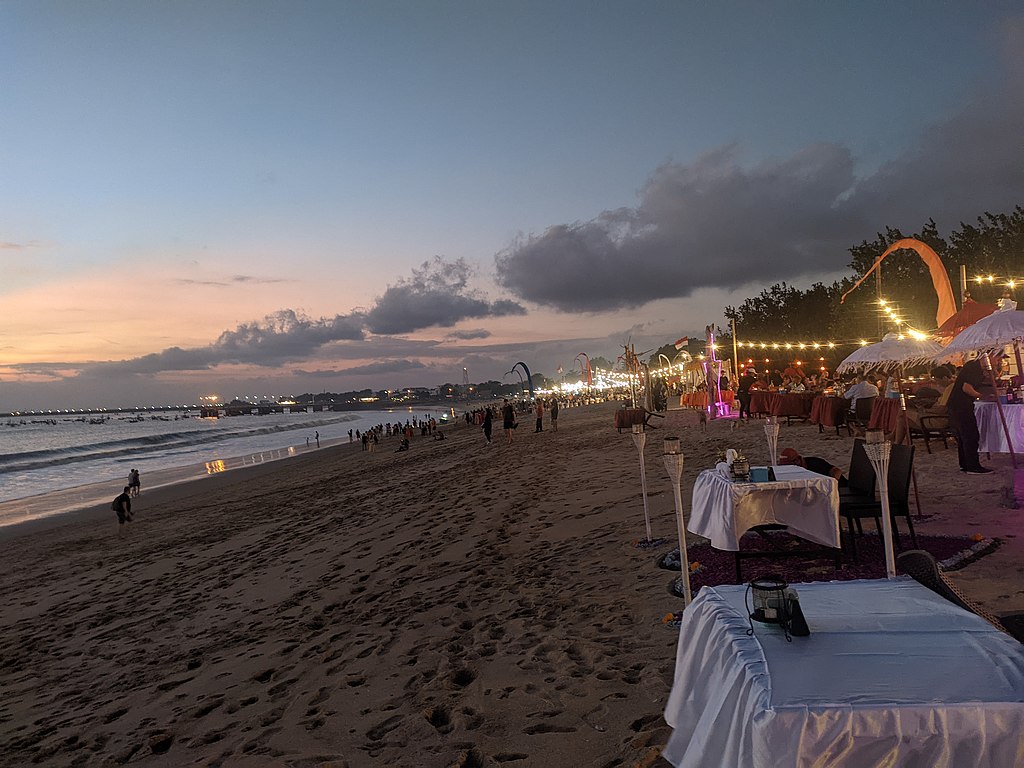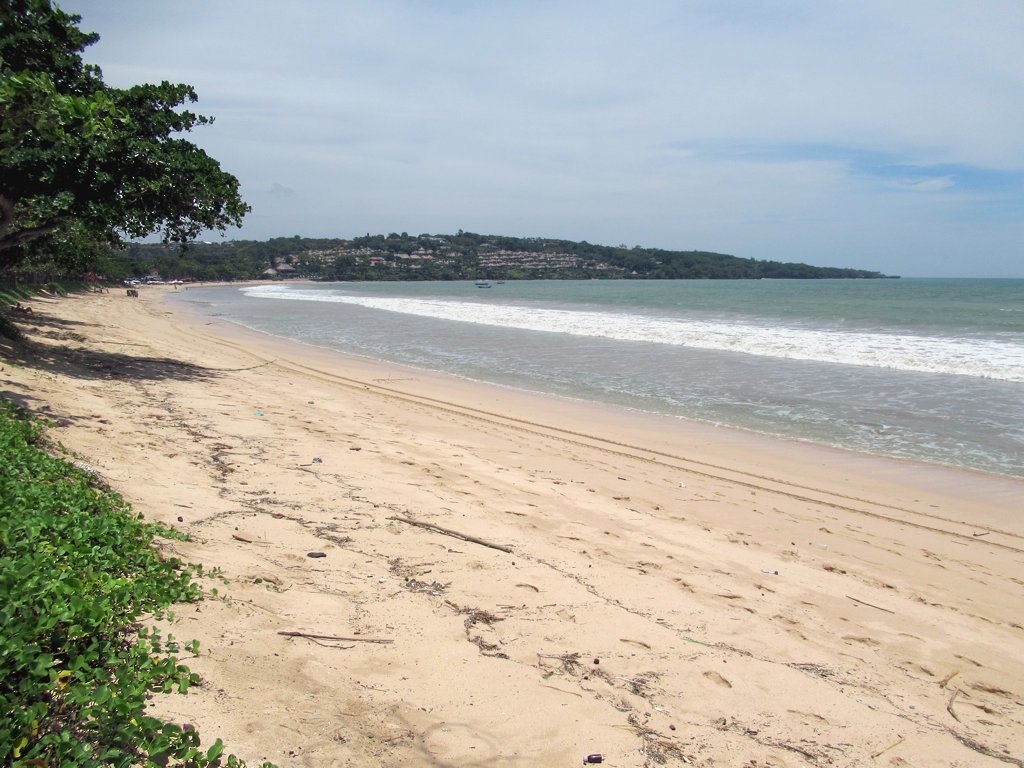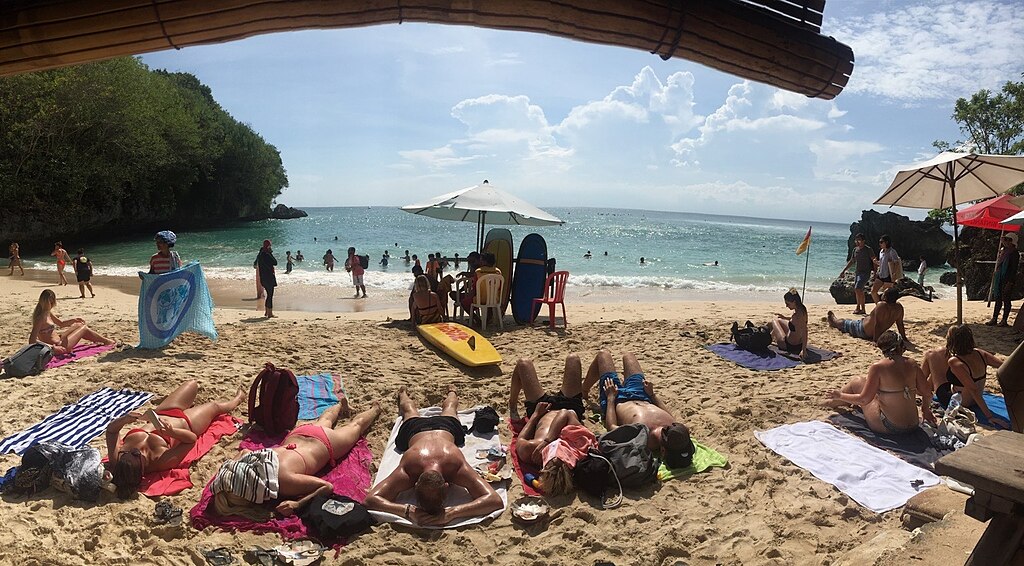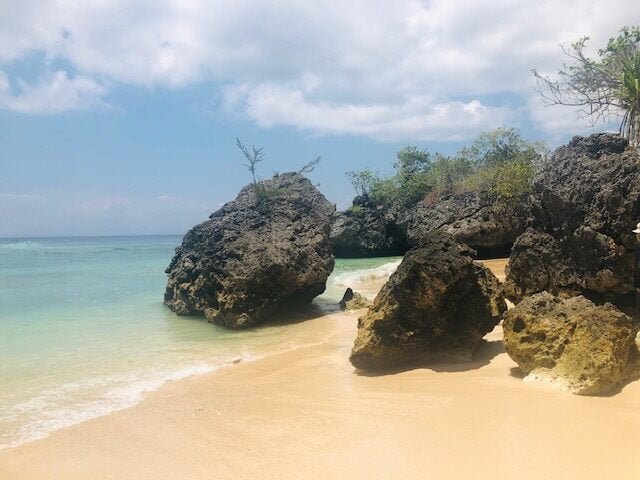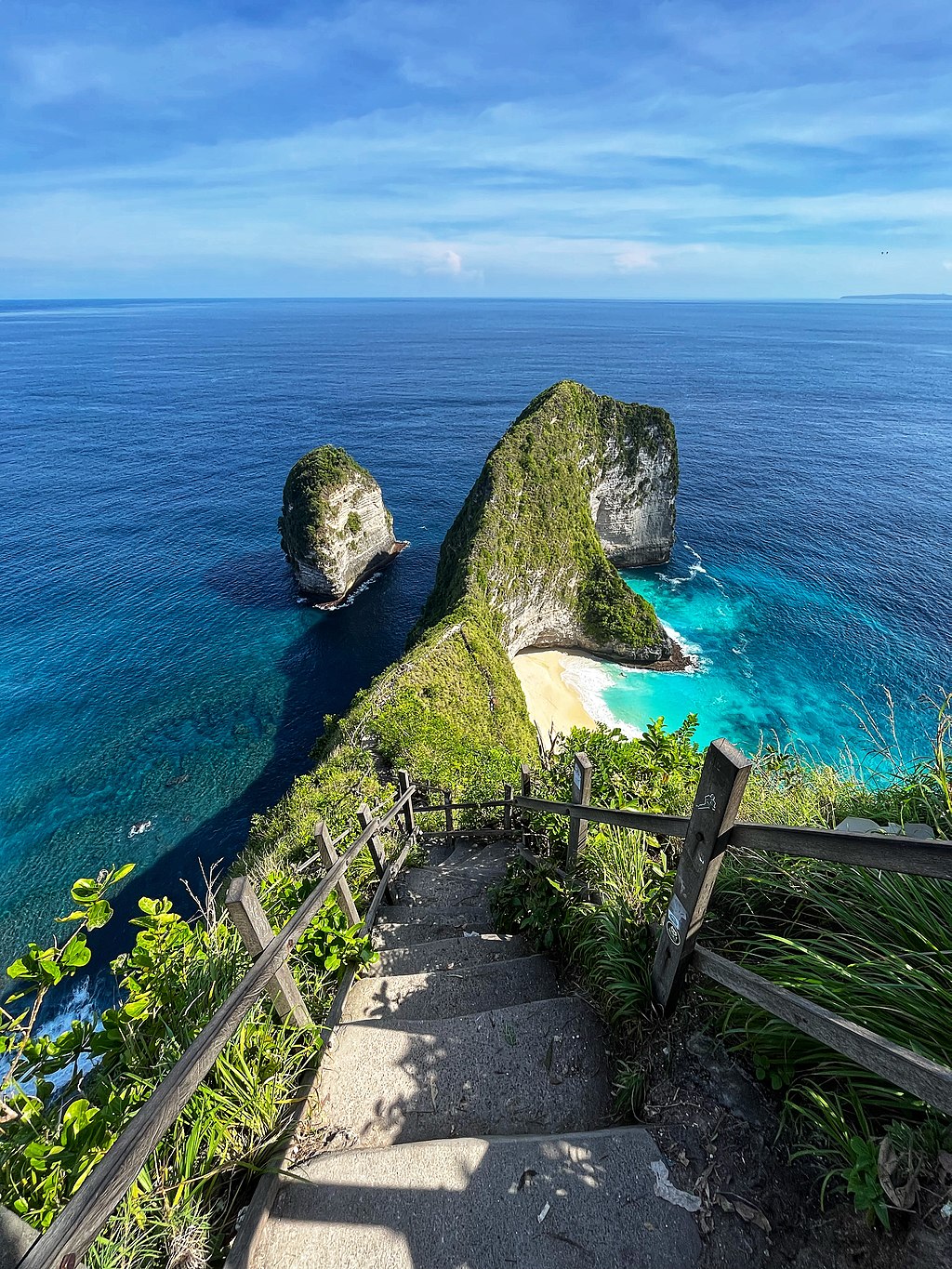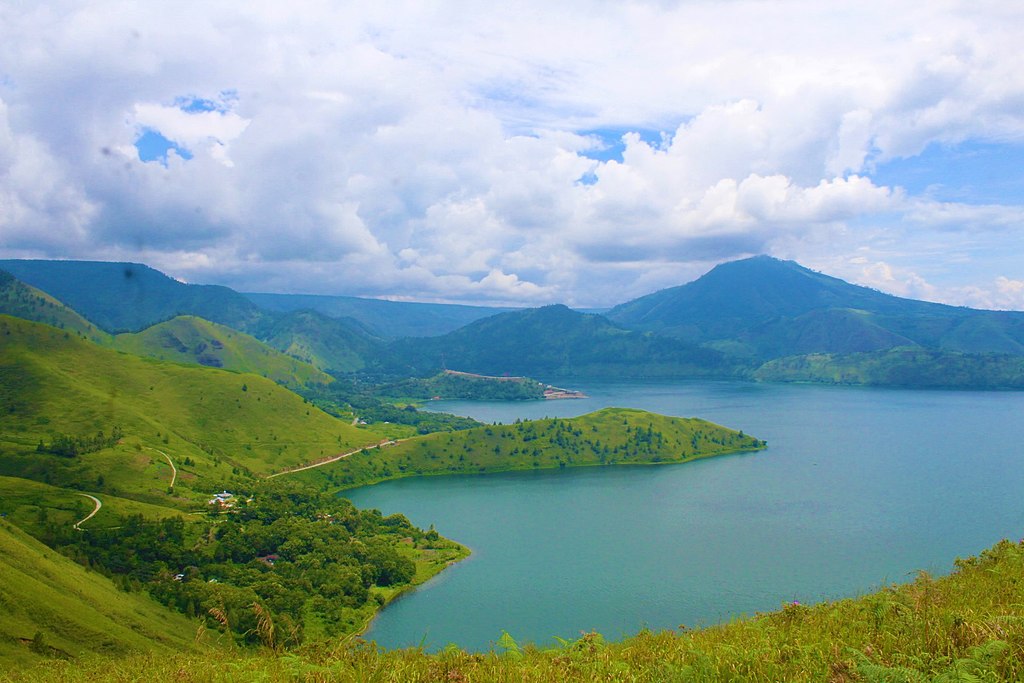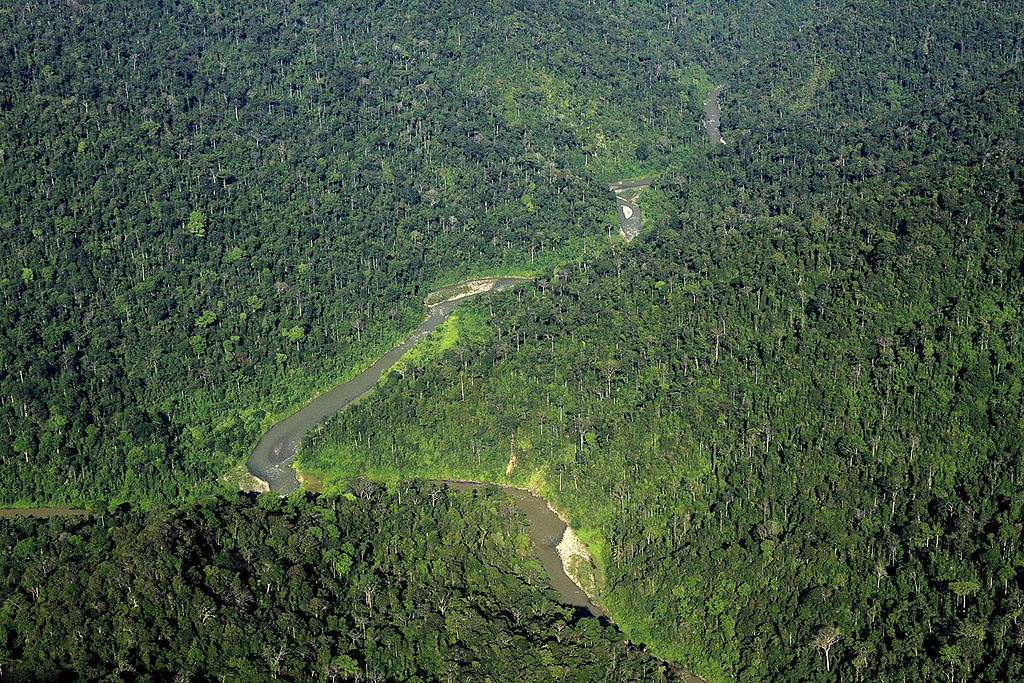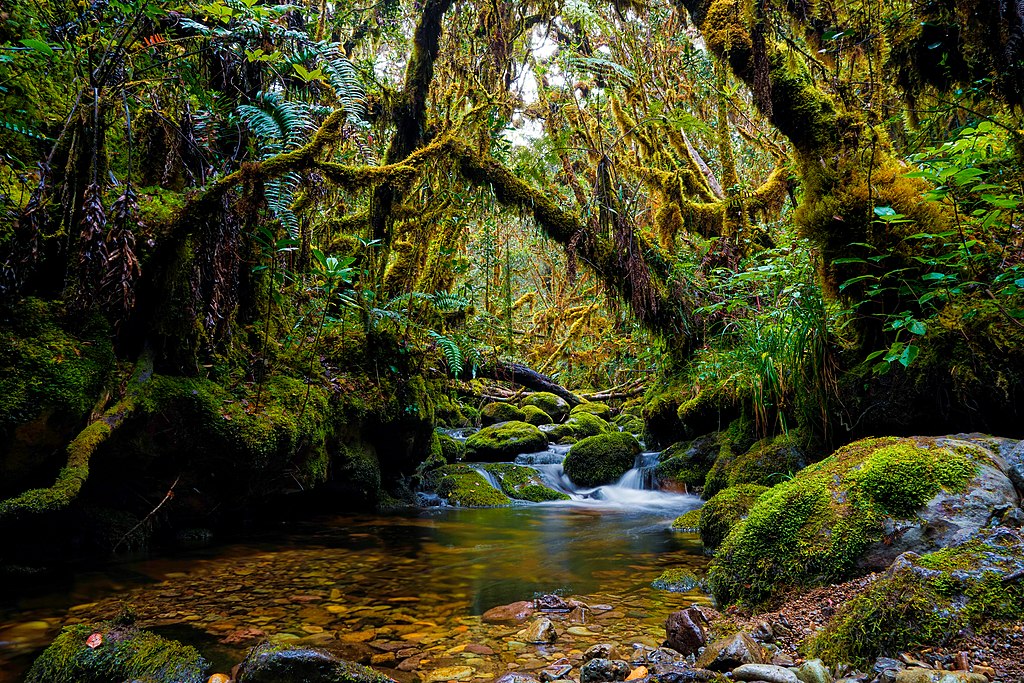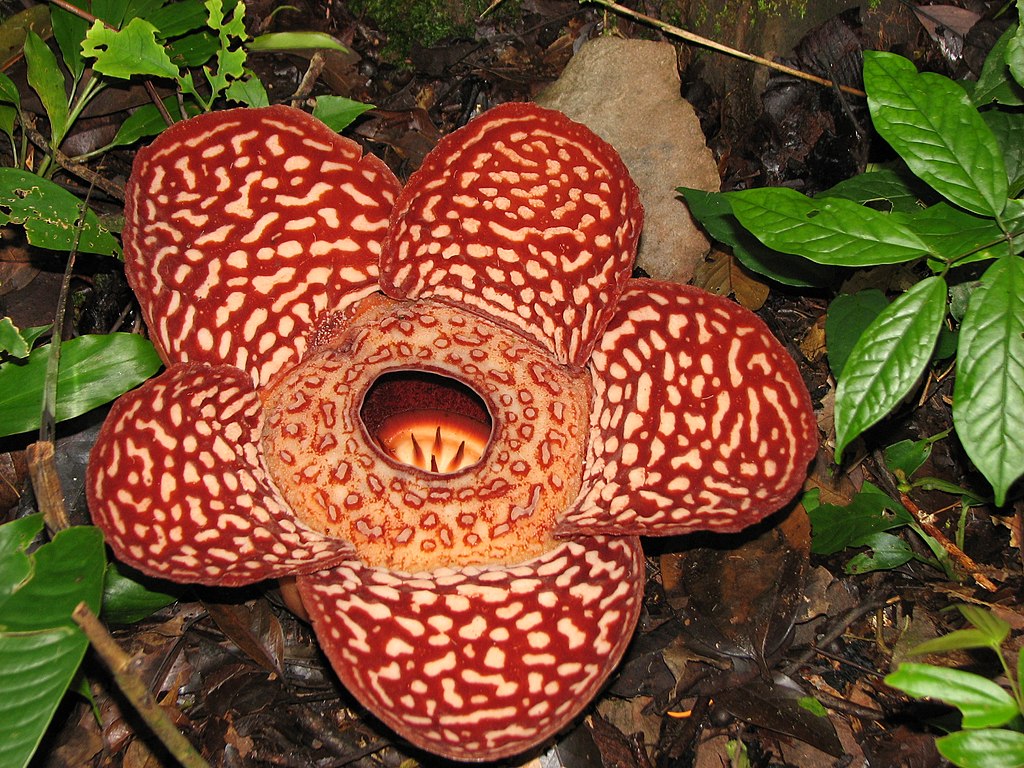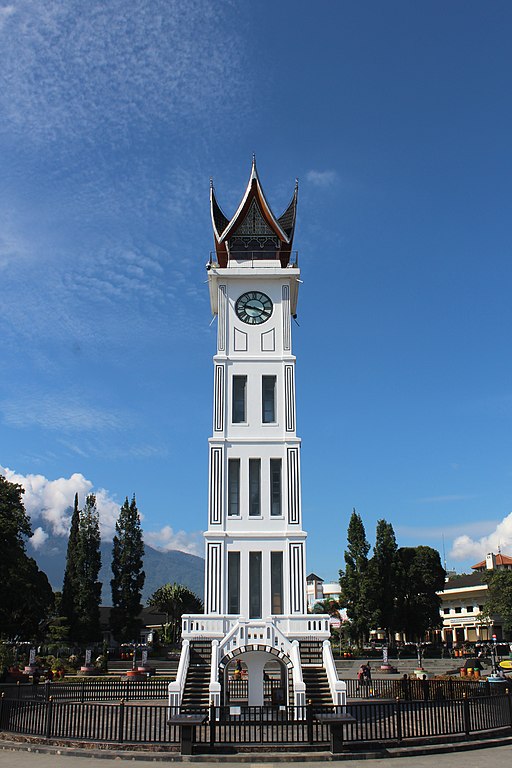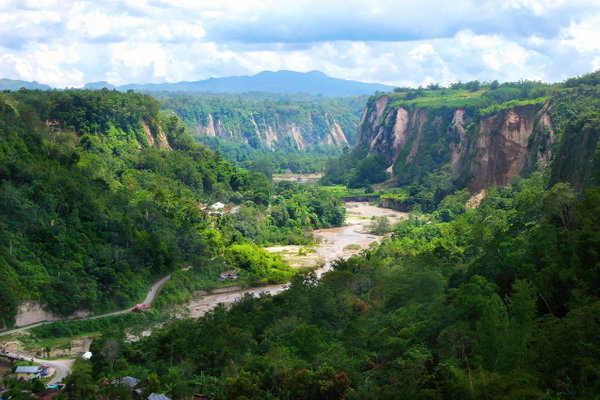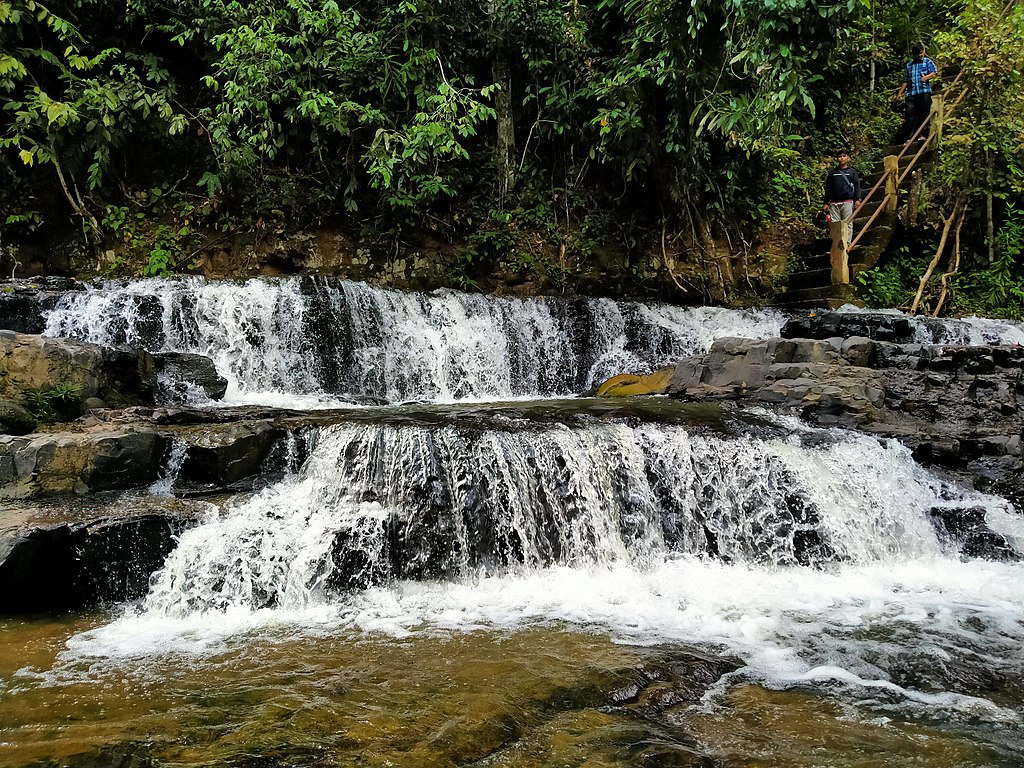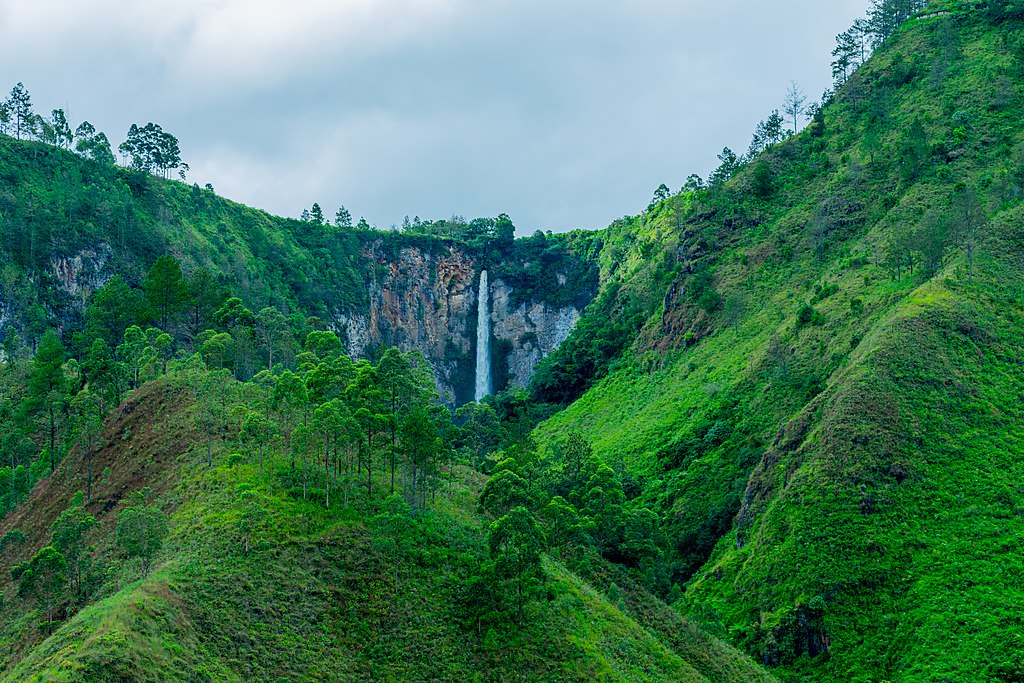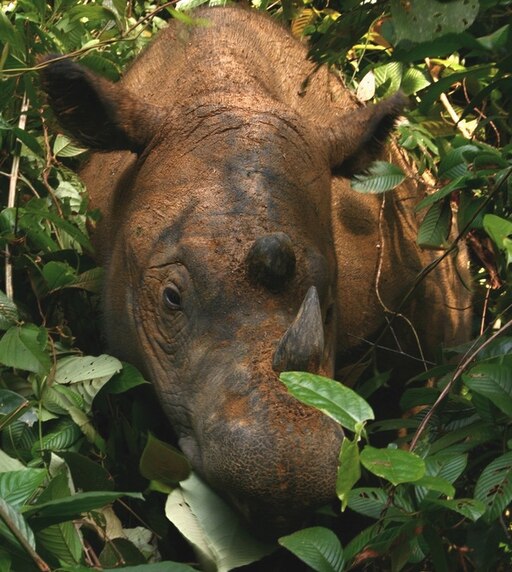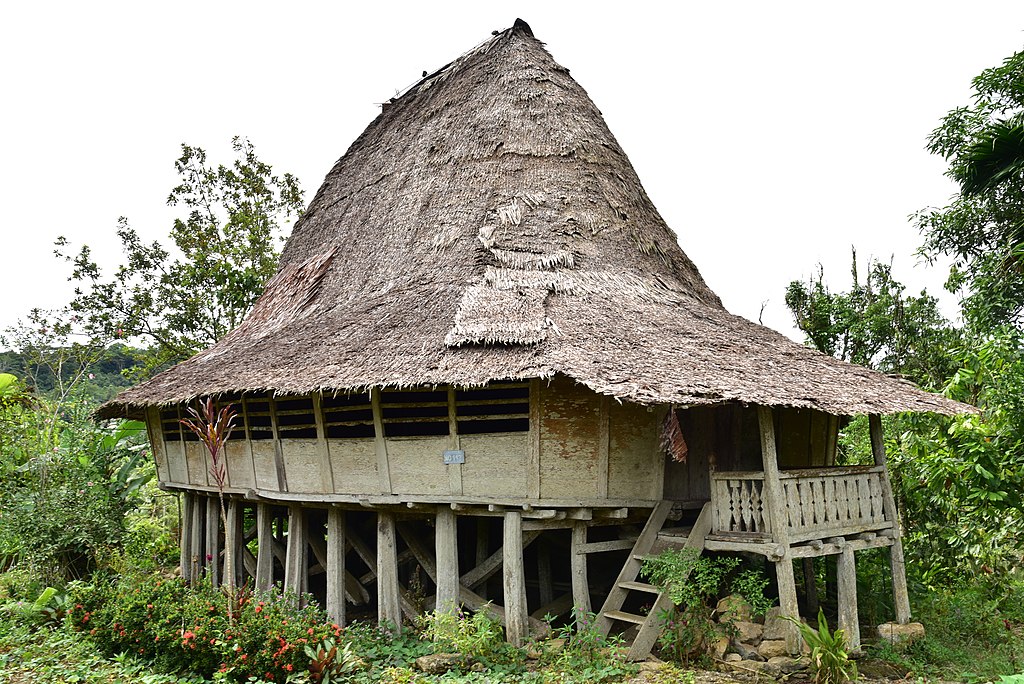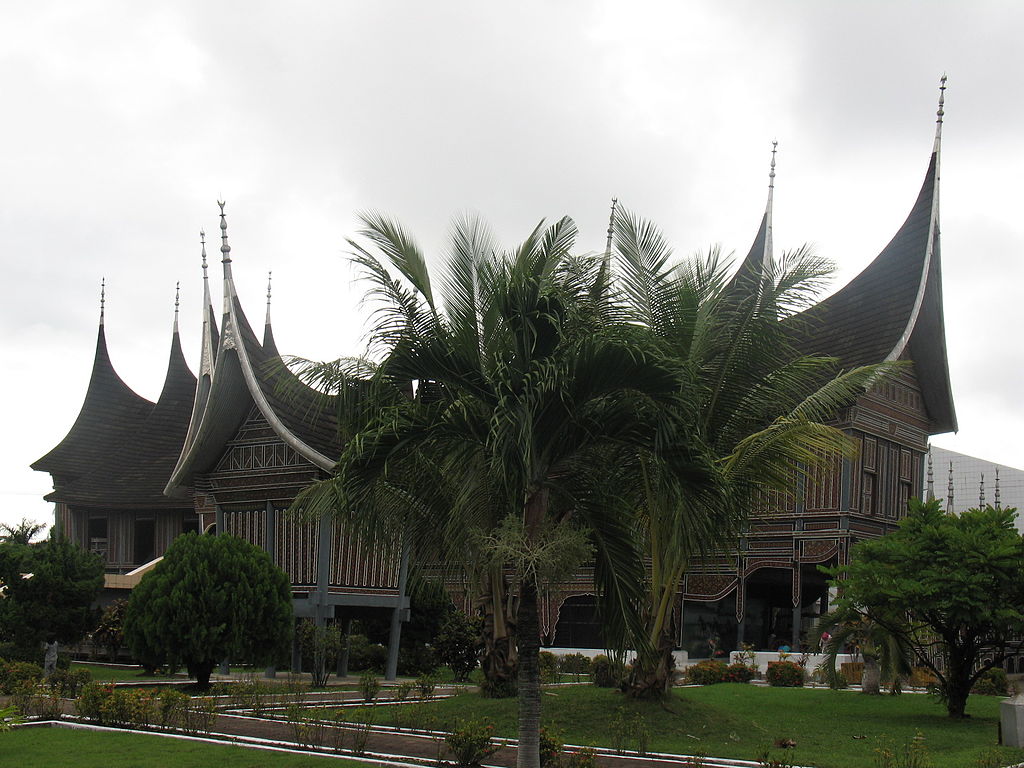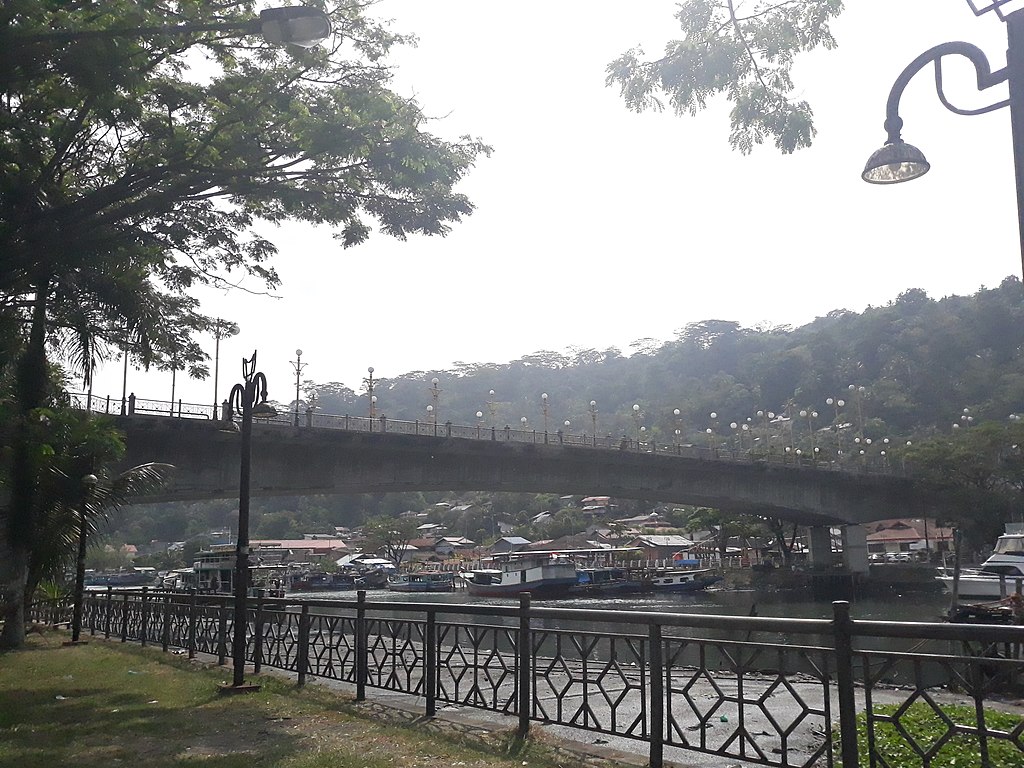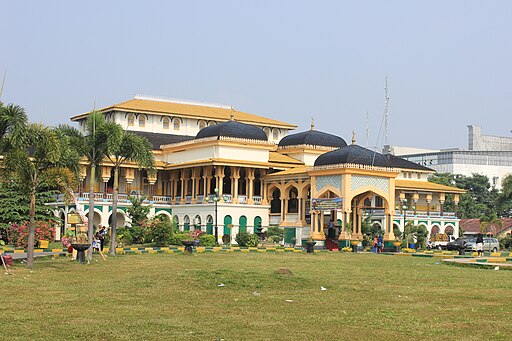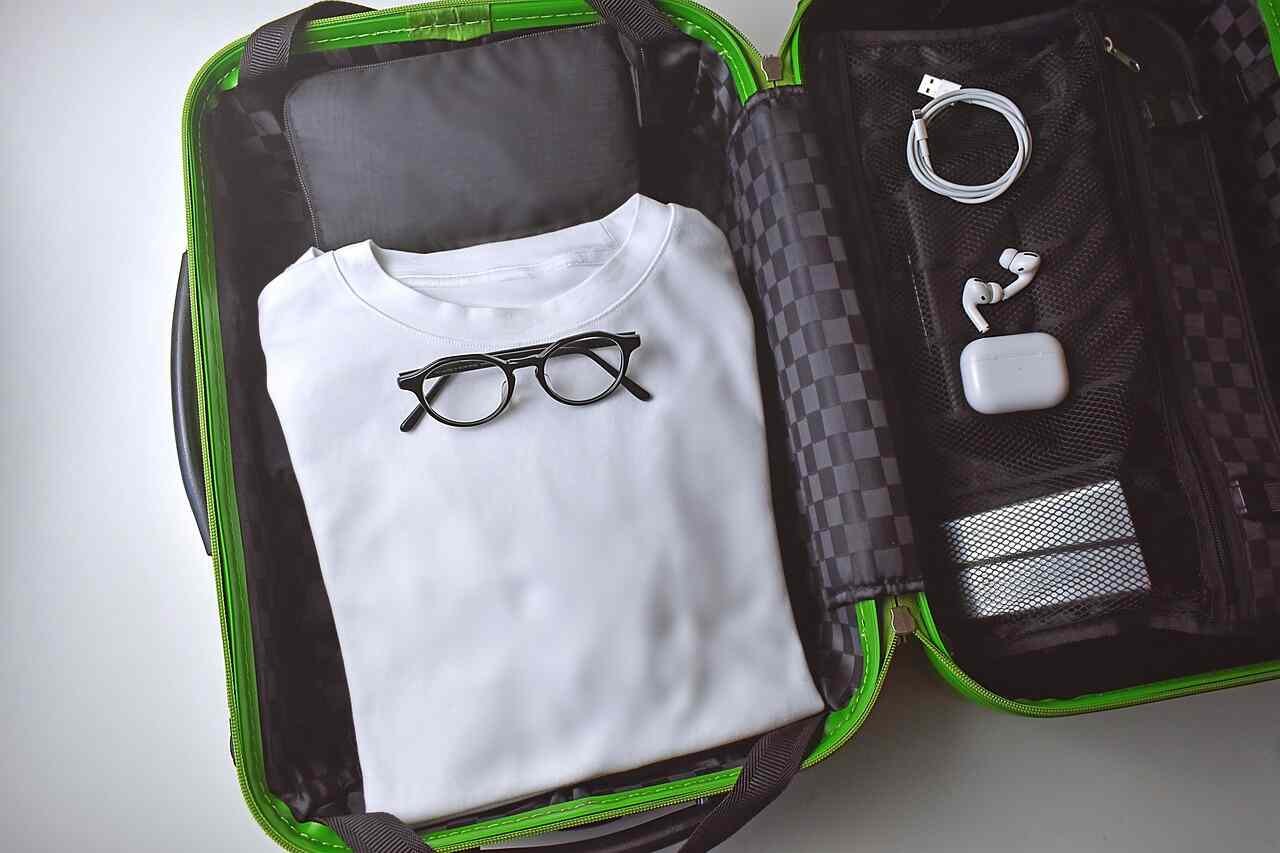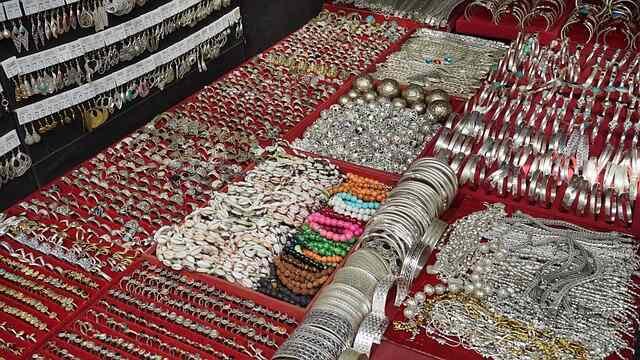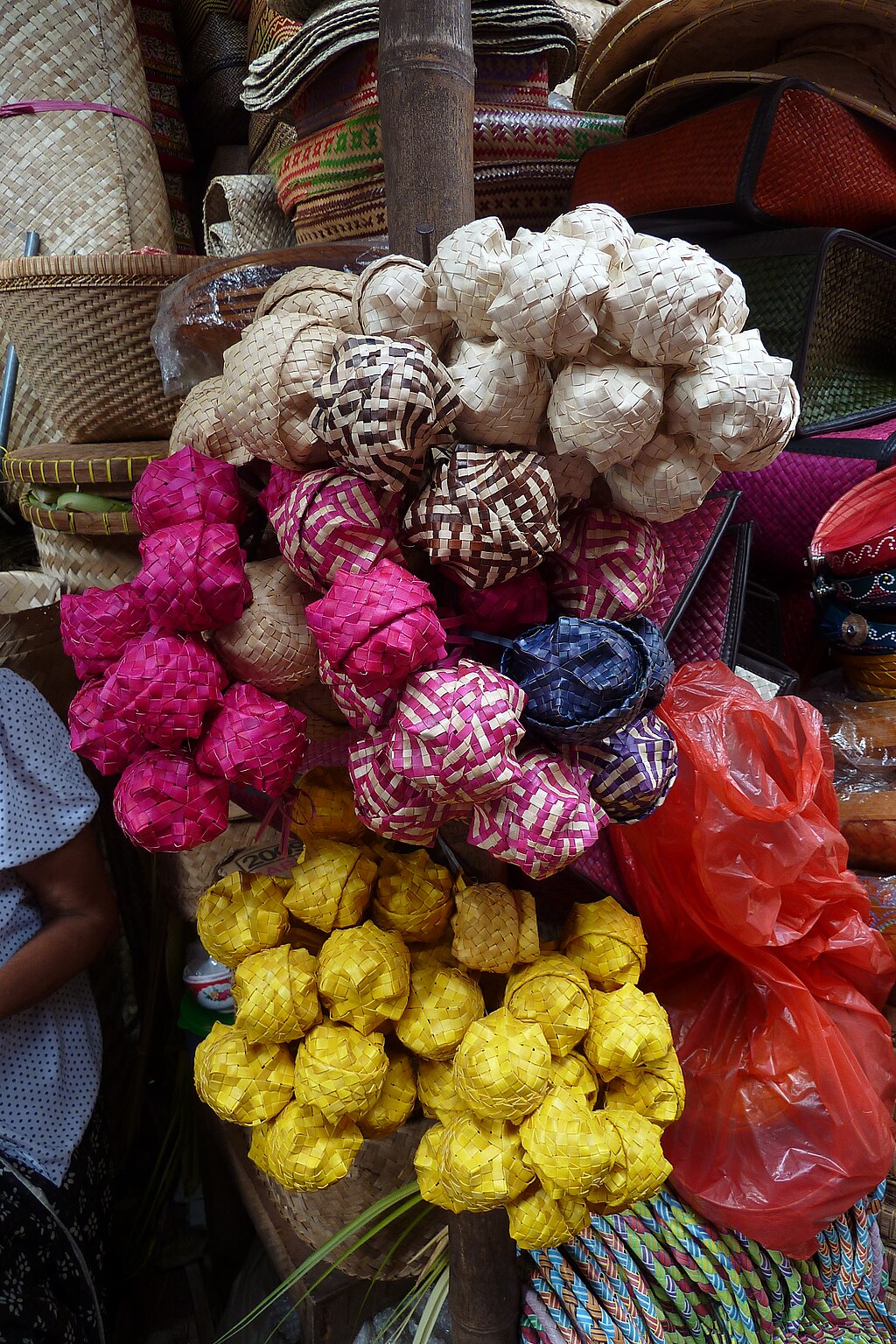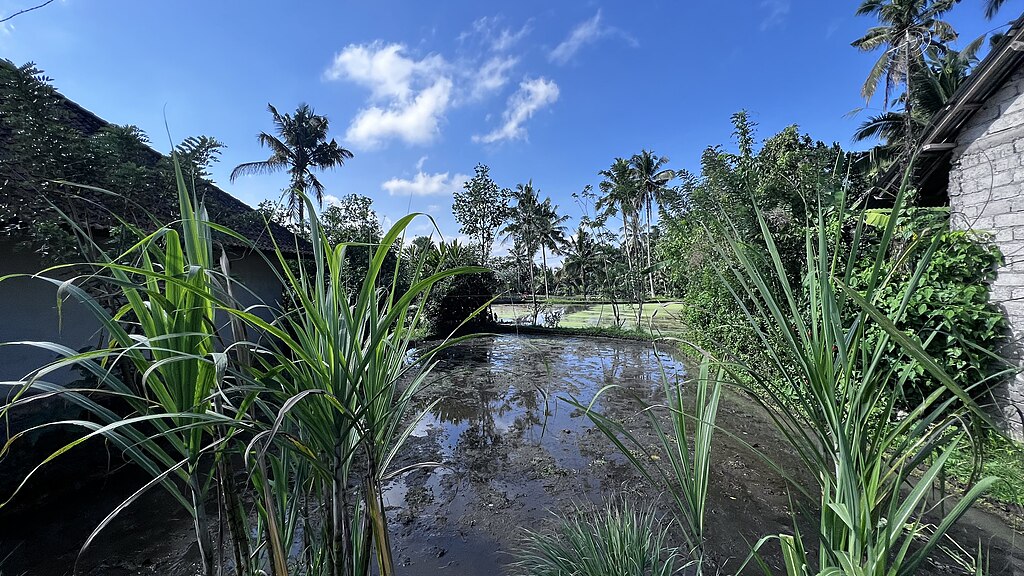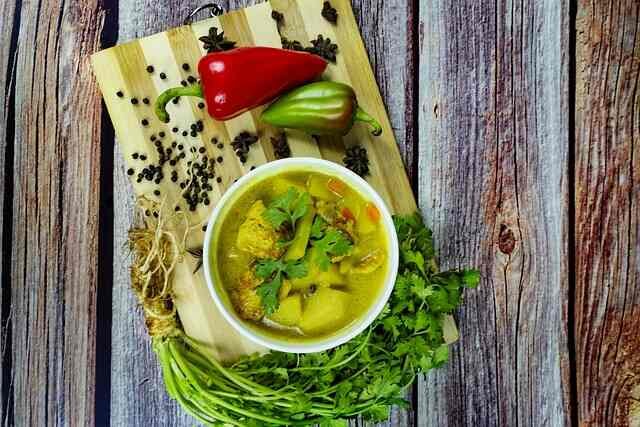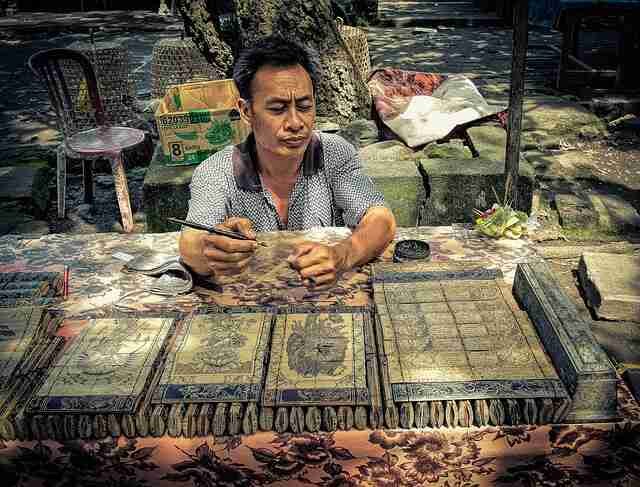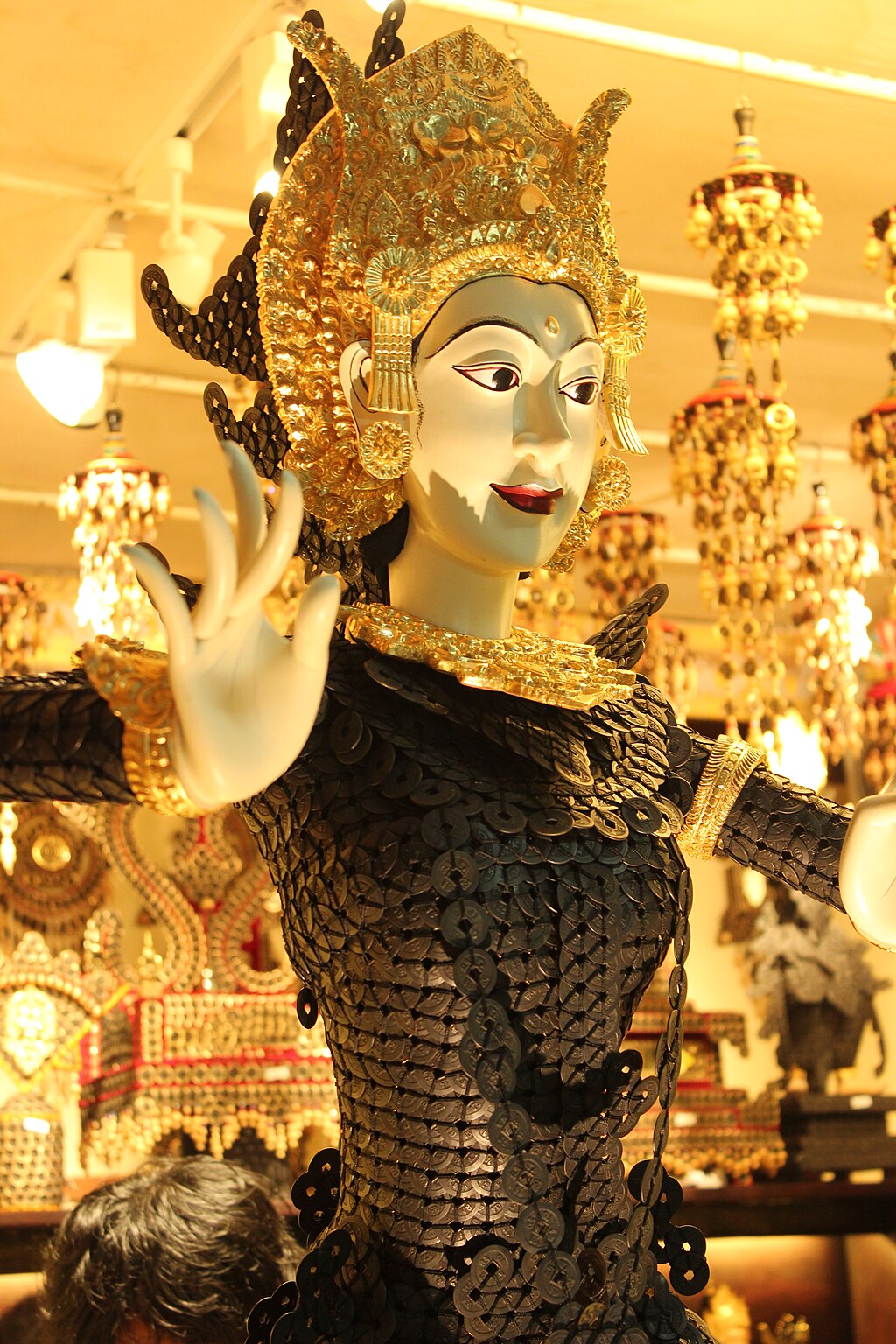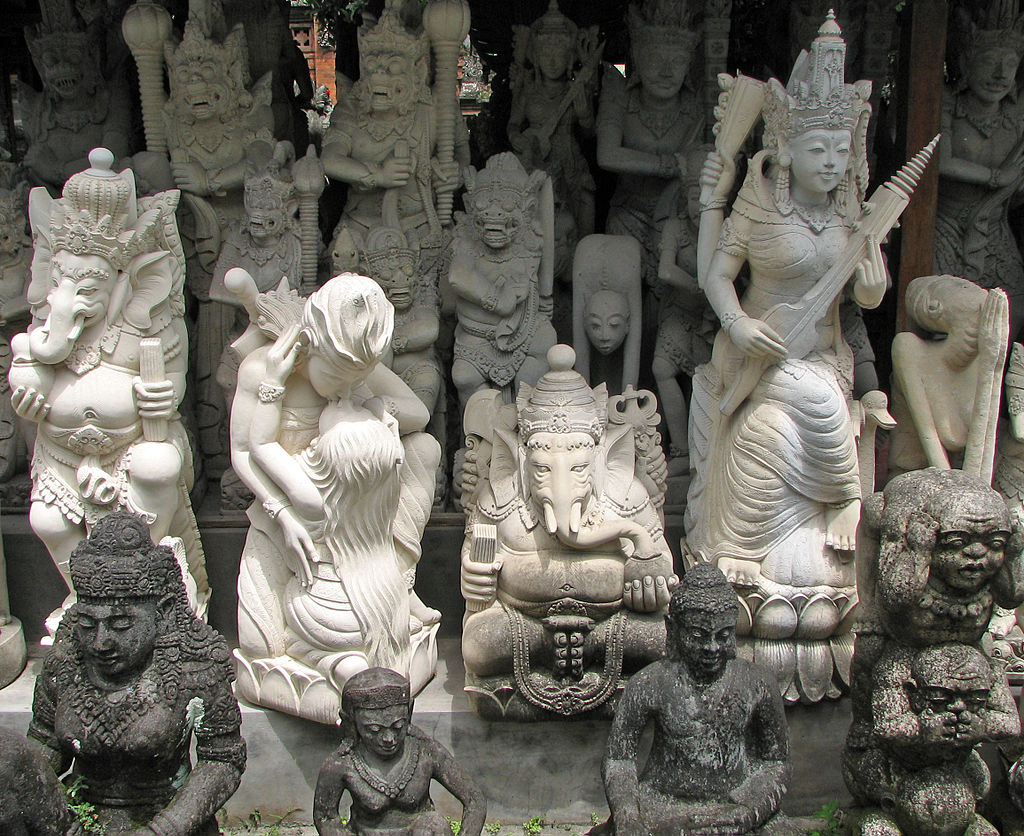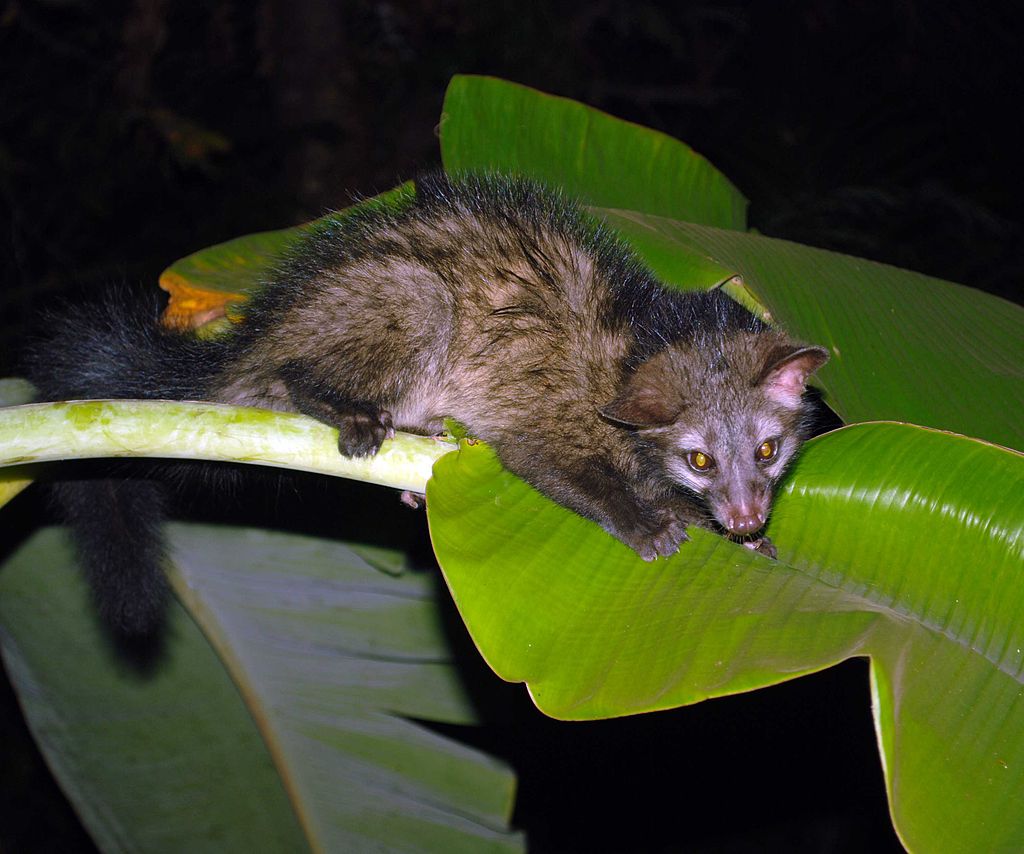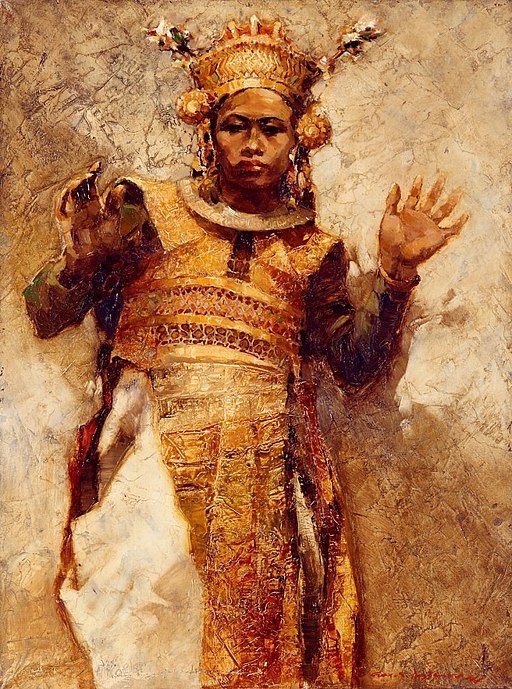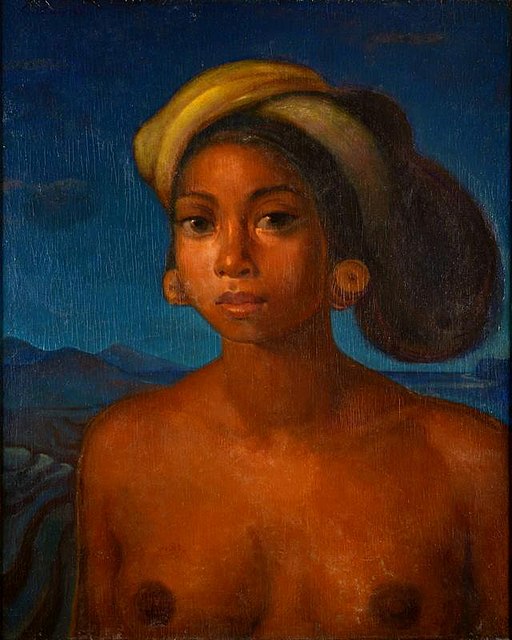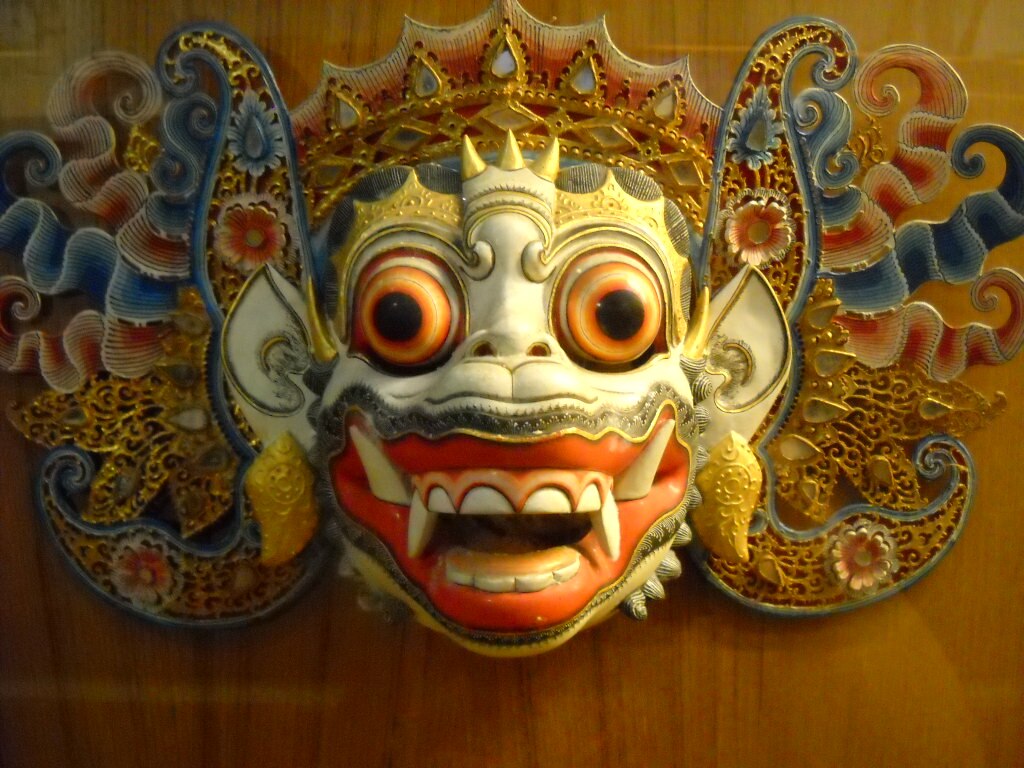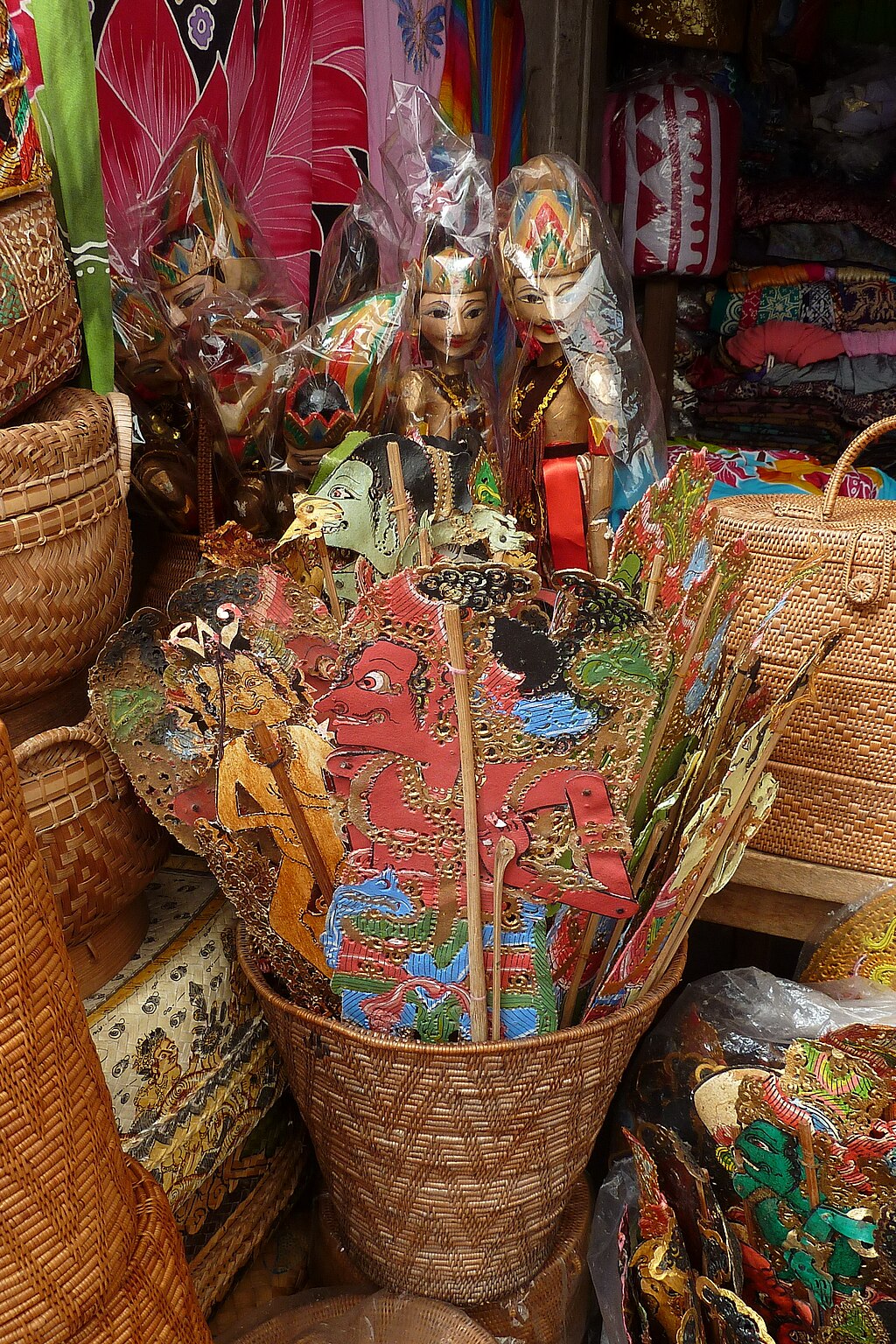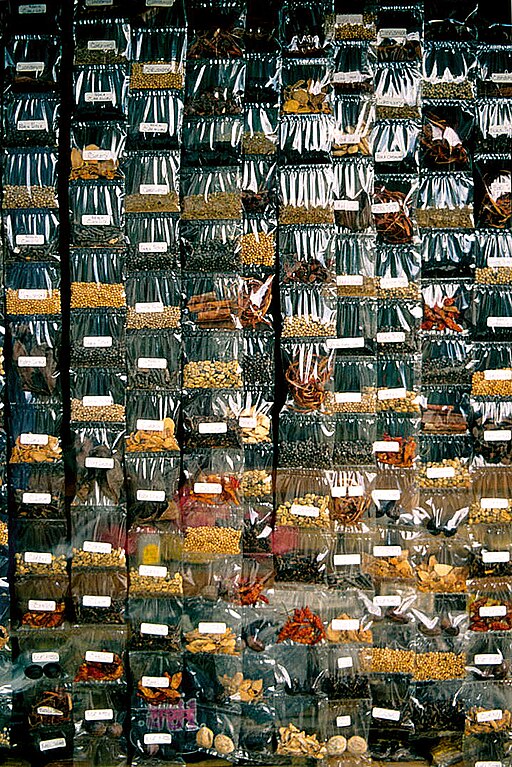From Bali to Lombok
You can get from Bali to Lombok by: plane, speed boat or ferry. If your budget is tight and looking for the cheapest then the Ferry will be your choice. Then the plane is surprisingly 2 times cheaper than the boat and faster so the plane will be the best choice, unless you fear the plane or prefer the boat you can then turn to these Fast boats.
Lombok is an Indonesian island, separated from Bali by the Lombok Strait. Lombok is what many consider to be the authentic Bali, not yet eaten away by mass tourism. Gorgeous beaches, waterfalls to die for and a volcano towering over the island with stunning views.
Compared to Bali, there are very few tourists in Lombok and the local people have retained their local lifestyle. Although some high-end hotels have already started to appear, the majority remain very accessible with inexpensive and traditional accommodation.
Javanese elements are found in the Sasak language of Lombok. And although Islam is strongly established in Lombok today, it hardly appeared before the second half of the 16th century.
How to get to Lombok from Bali?
You can go from Bali to Lombok either by plane (around 30 minuts flights) or by fat boat (around 2 ½ hours).
Flights from Bali to Lombok
The old airport, Selaparang International Airport (AMI) was closed on September 30, 2011 to be replaced by Bandara Internasional Lombok (LOP) Flights to and from Bali are operated by these companies:
- Garuda Indonesia
- Wings Air
- Lion Air
- NAM Air
- Air Asia
Fast boats from Bali to Lombok
Possible to connect Bali to Lombok by Fastboat. These depart from the port of Padangbai first go to the Gili Islands and then go to the port of Bangsal in Lombok. So you can choose to land in Gili or Lombok. Some companies leave from Serangan further south of Bali but the price is twice as expensive as via the port of Padangbai!
Via Padangbai Port:
From the following cities: Canggu, Candidasa, Jimbaran, Kuta, Legian, Nusa Dua, Sanur, Seminyak, Sukawati, Ubud
- PADANGBAI – GILI – PADANGBAI – City Back
- PADANGBAI – GILI – AMED
- PADANGBAI – GILI – NUSA LEMBONGAN – SANUR – City Back
Via Amed Port:
Departing from the following cities: Amed and Tulamben
- AMED – GILI – AMED
- AMED – GILI – PADANGBAI – City Back
- AMED – GILI – NUSA LEMBONGAN – SANUR – City Back
- AMED – GILI ONE WAY
From Sanur – Serangan:
Only people wishing to visit/stay in Nusa Lembongan and Gili. No direct route between Sanur and Gili.
From the following cities: Canggu, Jimbaran, Kuta, Legian, Nusa Dua, Sanur, Seminyak, Sukawati, Ubud, Uluwatu
- SANUR – NUSA LEMBONGAN – GILI – PADANGBAI – City Return (itinerary also possible via Serangan see below)
- SERANGAN – NUSA LEMBONGAN/NUSA PENIDA – GILI – PADANGBAI – City Back
- SANUR – NUSA LEMBONGAN – GILI – AMED
From Bali to Gili Islands | Complete guide to visit Meno, Air, Trawangan Islands
Bali – Lombok by public boat (Public ferry)
The Ferry is the cheapest and slowest solution. The price is IDR 46,000/person, it is possible to bring a car or a scooter. The departure is from the port of Padangbai in Bali and the arrival in Lembar in the South West of Lombok. The crossing lasts about 5 hours, plus sometimes the wait to embark / disembark. Departures are regular 24 hours a day, tickets to be purchased on site at the port directly before departure.
The ferry designates the public ferry departing from the port of Padangbai in Bali and arriving at the port of Lembar in Lombok, which takes 5 hours. Any other boat is not a ferry but a fast-boat. There is on average a ferry every 2 hours and this 24 hours a day.
Watch out for incidentals! You have to add the price to go to the port of Padangbai (still 2 hours from the south of Bali), and also add the price to go from Lembar to your resort in Lombok, outside the port of Lembarest under the influence of ‘a local mafia that is efficient enough to make it almost impossible to buy the race at a normal price….
In addition, to the 5h crossing, you have to add the road time to go and leave the 2 ports… in short, a very long day awaits you….
Let’s be clear: apart from the few situations described below, the public ferry is of little interest!…
However, the slow-ferry becomes an interesting option in a few situations:
1. if you have a vehicle to transport, such as a scooter rented in Bali. The ferry also takes cars, but beware the price is high: you might as well rent a car and then another in Lombok. The rates per passenger and per vehicle are visible on the official website of the ASDP company. (choose province = Bali, departure = Padangbai, arrival = Lembar)
2. if you are a group of at least 4 people, and you have time to spare (!): at €3 per person instead of €20/30 per fast-boat/plane, the ferry may be amortized. Not recommended, however, if your travel time is short, because you will lose a whole day of transport, and this on each trip… time ismoney…
3. if you leave from Padangbai (or from Amed): if you are already in the north of Bali, the 5 hours of crossing the slow-ferry will be compensated by the 2 hours of road that you will not have to do to reach Bali airport.
The essential things to do in Lombok
Visit Lombok: What are the best things to do and see in this jewel of the Indonesian archipelago?
1. Pura Batu Bolong
2. Senggigi Beach
3. Kuta Lombok
4. Belongas Bay
5. Benang Kelambu
6. Pura Lingsar
7. The Gili Islands
8. Mount Rinjani
9. Tiu Kelep waterfall
10. Sasak traditional village
Where to stay in Lombok?
Lombok (which means “chilli” in Javanese) is a volcanic island in Indonesia, located in the Bali Sea within the Lesser Sunda Islands, between the islands of Bali and Sumbawa. Recognized by Unesco as a biosphere reserve, the island is indeed famous for its exceptional fauna and luxuriant flora. Renowned for its surfing “spots”, its crystal clear waters and its coral reefs, it has attracted a clientele fond of exoticism and authenticity: it is -for the moment- much less invaded by tourist crowds than its sister Bali , and will seduce you with its typically Indonesian strong character.
Wondering what to do in Lombok during your stay? We present to you the essentials to fully enjoy the treasures of this volcanic island!
1. Pura Batu Bolong
This Hindu temple is located in the middle of an idyllic setting: overlooking the rocky coastline, it allows you to come and admire the splendid sunset on the seaside while enjoying the peaceful atmosphere and the spirituality emanating from the place. Its many pagodas and statues impose silence and help to reinforce the tranquility of the place. A must stop for anyone who wants to visit Lombok while getting away from the frenetic atmosphere reigning in its beach bars!
Senggigi Pura Batu Bolong. Torbenbrinker, CC BY-SA 3.0, via Wikimedia Commons
2. Senggigi Beach
If you do not yet know what to do in Lombok, Senggigi is the dream seaside resort; coconut palms, fine sandy beaches, ideal for lazing around and resting! Senggigi beach is a 13 km (8 miles) beach bordered by clear turquoise water: a reference known throughout Asia. The large size of the beach gives you the opportunity to isolate yourself and enjoy a few quiet hours, between sky and sand.
View of part of Senggigi Beach, Lombok, Indonesia. (WT-en) Jpatokal at English Wikivoyage, CC BY-SA 3.0, via Wikimedia Commons
3. Kuta Lombok
Kuta Lombok is known worldwide for its fantastic surf spots. Many visit to catch waves amidst these stunning landscapes. However, it’s worth noting that Kuta also offers vibrant nightlife.
While it’s easy to enjoy the lively atmosphere, those seeking a calm family holiday might find it a bit bustling. The nightlife here caters mainly to a young, energetic crowd looking for an exciting time in Lombok.
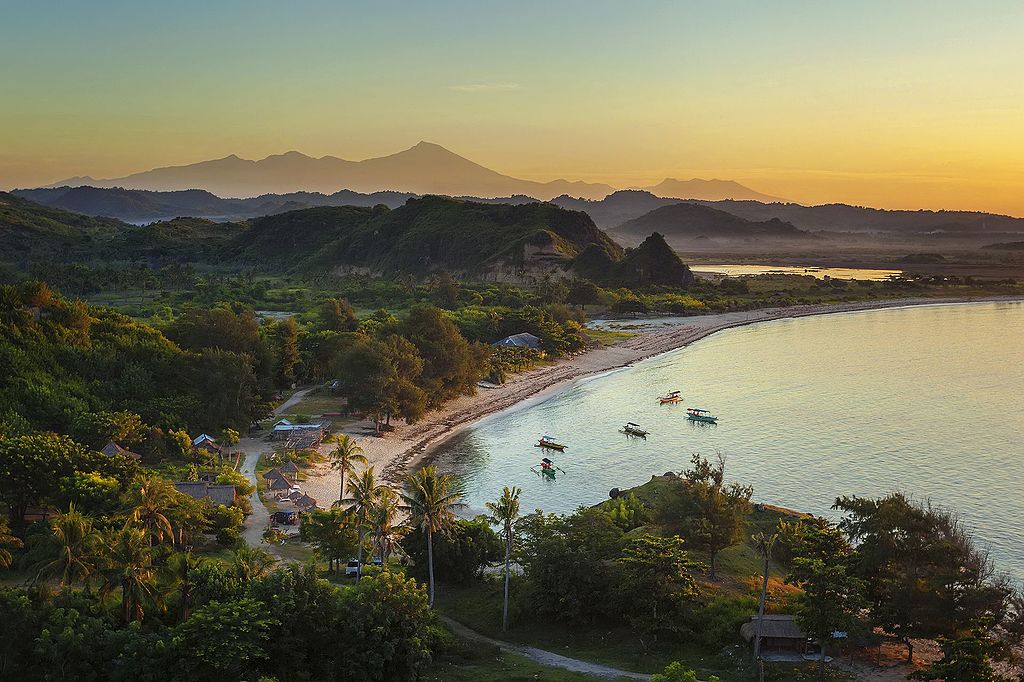
Morning view of Kuta beach area, Lombok from Merese hill. Focusfeel, CC BY-SA 4.0, via Wikimedia Commons
4. Belongas Bay
What to do in Lombok if you are a fan of diving? Go to Belongas Bay, a small cove where many “dive centers” make it possible to twirl in the middle of a rich fauna and abundant colors! Hammerhead sharks can be approached by the more adventurous, but rest assured: these pose no danger! Easily accessible by car or scooter, it would be a shame to visit Lombok without carrying out this exceptional activity.
The dive sites
Scuba diving in Lombok is organized mainly either around Senggigi in the west, or around the Gili Islands in the northwest, or in the south at Belongas Bay.
In Belongas Bay, we discover a wide variety of sites with abundant marine life. Schools of tuna, barracuda and flights of mobula rays visible particularly from June to the end of October. Senggigi dive sites are made up of rocky slopes and plateaus on which soft corals and colorful gorgonians host small marine species. They are more macro diving spots. The sites are accessible to all levels of diving.
The dive sites around the islands Gili Trawangan, Gili Air and Gili Meno are also a favorite area from Lombok. This truly charming, car-free Indonesia dive destination offers more beaches and reefs for scuba diving, snorkeling and snorkeling. The dive sites are easy to explore, there is little current, pretty coral gardens, a maximum depth of 32 meters (105 miles) and lots of turtles. Ideal for doing a PADI Open Water Diver (level 1) or for swimming with turtles while snorkeling.
From Bali to Gili Islands | Complete guide to visit Meno, Air, Trawangan Islands
5. Benang Kelambu
In the middle of Mahogany (a mahogany forest), inland, a famous trekking path cracks until reaching the waterfalls of more than 30 m (98 feet) of Benang Kelambu. The icing on the cake: it is possible to swim in this water filtered by the volcanic rock of Lombok! Soothing place and offering a magnificent panorama of the lush landscapes of the island.
Located only 1 km (0,62 mile) away, the Benag Setokol waterfalls collapse into a 20 m (65 feet) high cavity, the starting point of a river flowing into a steep valley… where you can nevertheless refresh yourself and eat braised suckling pig, a local speciality!
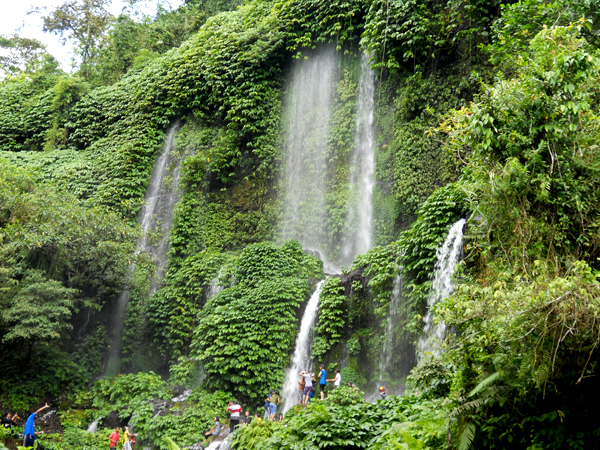
Benang Kelambu waterfall. Erlan Rudiyanto, CC BY-SA 3.0, via Wikimedia Commons
6. Pura Lingsar
If you still don’t know what to do in Lombok, we recommend this jewel built in 1714 by the Hindus of Bali, it is the most important religious site on the island: Pura Lingsar is the perfect manifestation of the reigning religious syncretism in the Indonesian archipelago, the fruit of centuries-old mixing between different religions. The temple is a symbol of worship syncretism specific to the Indonesian archipelago, known to be a model of tolerance, and one of the unmissable monuments of the island!
To the east of Mataram, you will discover a vast collection of temples dedicated to Balinese Hinduism and wetu telu (traditional belief of the Sasak people of Lombok). If you are traveling with your family to Lombok, follow a guide to the Pura Lingsar temple to better understand the importance of this monument and this culture.
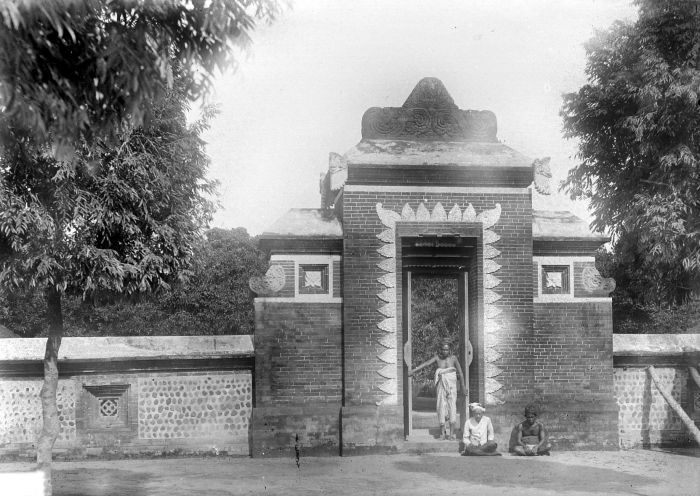
Lingsar temple. Tropenmuseum, part of the National Museum of World Cultures, CC BY-SA 3.0, via Wikimedia Commons
7. The Gili Islands
The Gili Islands are the three pearls of Lombok, three paradisiacal islets where you can find all the activities specific to these little pieces of paradise: excursion in the middle of the coral reefs in palm and snorkel, workshops to discover the luxuriant jungle, or quite simply… idleness on the white sand beaches, sipping an iced coconut juice or a mixed fruit cocktail.
From Bali to Gili Islands | Complete guide to visit Meno, Air, Trawangan Islands
8. Mount Rinjani
To climb Mount Rinjani is to embark on a total adventure: it is reserved for an informed public and rather physically comfortable, because it is long – and this, whatever the path chosen – and grueling – the hundreds of meters of elevation gain are still going on. In addition, the paths taken plunge into a wild and luxuriant jungle, humid and sometimes oppressive due to its density! Strong emotions, in short, but which will leave you with lasting memories once you reach the top: well deserved given the effort, the view is quite simply one of the most beautiful in the Indonesian archipelago.
The little extra? It is possible to swim in a lake in the shape of a crescent moon, which took place within the crater formed by the volcano!
For those who relish nature and trekking, conquering Mount Rinjani is an experience tailor-made for you! This adventure demands good physical fitness as you ascend Indonesia’s second-largest volcano. You have the choice of shorter, one-day treks or more extensive journeys spanning 2 to 3 days.

Mount Rinjani is located in Lombok, West Nusa Tenggara and Mount Rinjani is the 3rd highest mountain in Indonesia. The uniqueness of this mountain is the presence of a large lake and in the middle of the lake there is a new mountain finger which is still active today. Aldoarianto.87, CC BY-SA 4.0, via Wikimedia Commons
Rinjani Trek: A Comprehensive Guide to Conquering Lombok’s Majestic Volcano
9. Tiu Kelep waterfall (at the foot of Mount Rinjani)
Nestled at the foothills of Mount Rinjani, Tiu Kelep is a captivating waterfall in the heart of a lush forested area. This enchanting site is situated within the protective embrace of the Mount Rinjani National Park and the Mandala traditional forest zone, collectively forming a vital water buffer area.
Lombok is known for its impressive waterfalls, notably the Tiu Kelep waterfall. Located in the north of the island in the Mount Rinjani National Park, in the middle of the jungle, the waterfall culminates more than 50 meters (164 ft) high. Don’t forget to bring your swimsuit to swim in this incredible waterfall.

Tiu Kelep waterfall (at the foot of Mount Rinjani). Yon illahi, CC BY-SA 4.0, via Wikimedia Commons
10. Sasak Traditional Village
Visiting the traditional Sasak villages is one of the must-sees in Lombok. Here you can meet an indigenous population who continue to live according to their ancient traditions. Discover the process of building their unique hut, observe their way of life and immerse yourself in this fascinating culture. You can buy traditional sarongs there for IDR 350,000 (around US$23 or AU$35).
The Sasak Traditional Village in Lombok offers a unique window into the island’s rich heritage. It’s a living showcase of the traditional way of life of the indigenous Sasak people. With its distinctive architecture, vibrant ceremonies, and ancient customs, this village provides a fascinating journey into Lombok’s history and culture. Come along as we discover the enduring charm of the Sasak Traditional Village, where the legacy of the past lives on.

Sasaknese Traditional Architectures are featured in the small hut (left) and mosque (right) in Sasaknese Ende Village, Sengkol, Lombok. Johannnindito Adisuryo (Yohanes Nindito Adisuryo), CC BY-SA 4.0, via Wikimedia Commons
Sources: Adventures and Sunsets, Journey Era
Photo credit (main picture): Hanif Dzaki (CC BY-SA 4.0) via Wikimedia Commons
Main photo description: Mount Rinjani National Park is a mountain located on the island of Lombok, West Nusa Tenggara. There are also Mount Baru Jari and Lake Segara Anak which are tourist attractions. The peak of Mount Rinjani itself is at an altitude of 3 726 meters (12 224 feet) above sea level.
Have you booked your private villa in Seminyak center (South Bali)?
Located in Seminyak Center – Bali, Villa Carissa offers a private swimming pool and enclosed garden to guarantee your privacy. You can book your private pool villa here with us.
Whether you’re traveling as a couple, with friends, or with family, Villa Carissa’s three-bedroom villas offer comfortable and luxurious accommodations in the heart of Seminyak center. With modern amenities and beautiful Balinese design, the bedrooms at Villa Carissa are the perfect place to relax and unwind during your stay in Bali.




